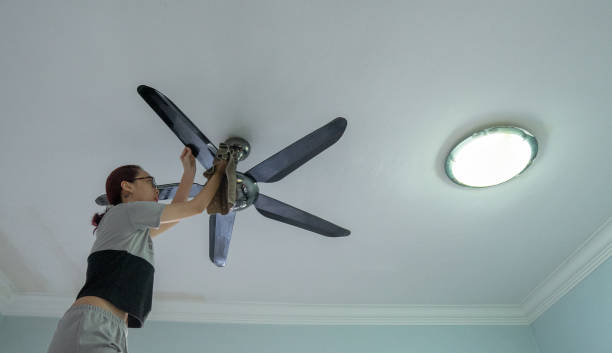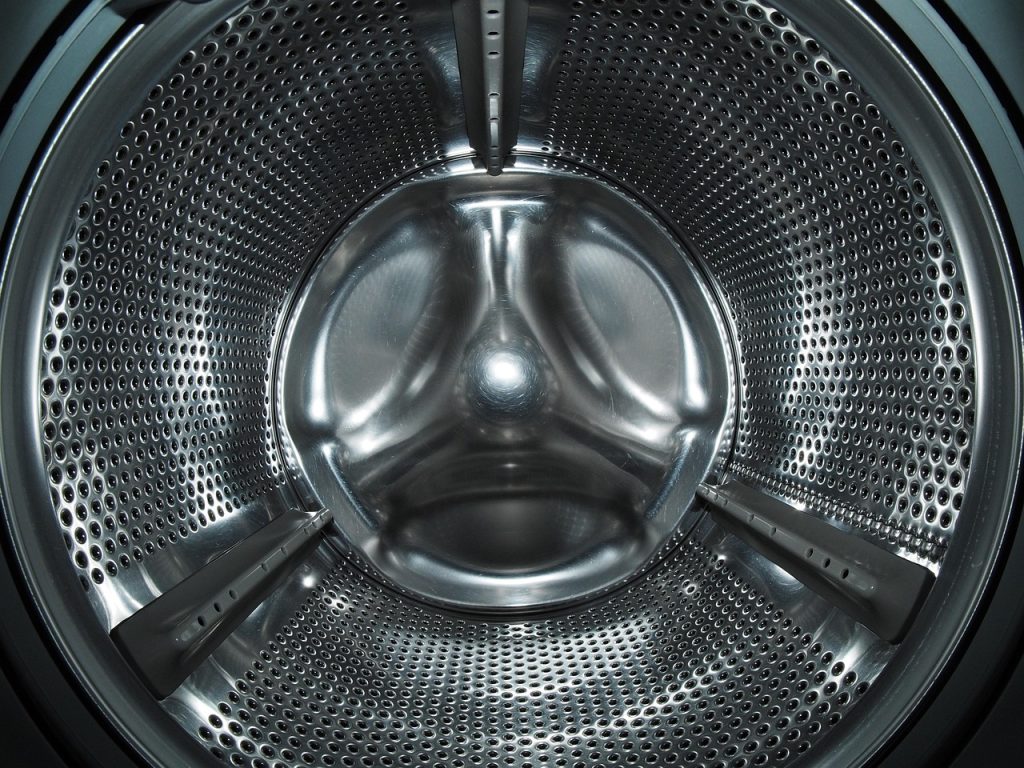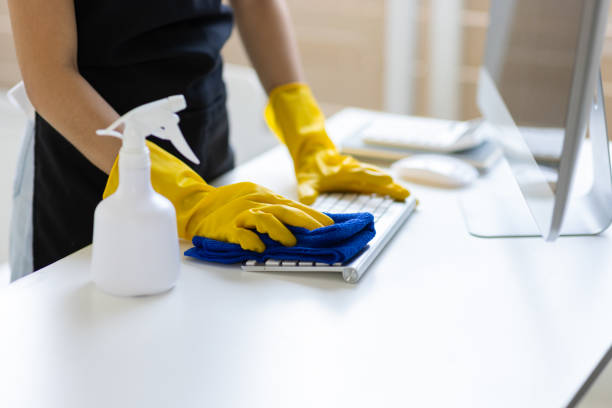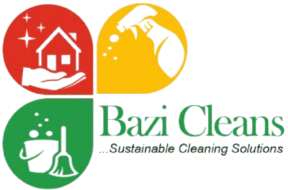When it comes to cleaning, most of us do the obvious: floors, countertops, bathrooms, and perhaps a deep clean now and then. But even the most dedicated neat freaks often overlook the sneaky spots—hidden germ zones—that are crawling with bacteria, grime, and dust. These neglected spaces can harbor more germs than a toilet seat and contribute to allergies, unpleasant odors, and even illness.
In this ultimate cleaning guide, we’ll uncover 15 commonly hidden germ hotspots in your home or workspace, explain why they matter, and provide expert tips and product suggestions to keep them clean and safe.
1. Light Switches
You touch them multiple times a day, yet how often do you clean them?
Why it matters:
Light switches can harbor bacteria like E. coli, staph, and salmonella, especially in kitchens and bathrooms.
How to clean:
- Use a disinfecting wipe or cloth dampened with isopropyl alcohol.
- For deep crevices, use a cotton swab.
- Avoid soaking to prevent electrical issues.
🧴 Suggested Product: Lysol Disinfecting Wipes or Clorox Disinfecting Mist
2. Remote Controls
TV remotes are passed around constantly—and rarely cleaned.
Why it matters:
Remotes are a breeding ground for bacteria and viruses, especially during cold and flu season.
How to clean:
- Remove batteries first.
- Use a disinfecting wipe and a soft-bristle toothbrush for buttons.
- Dry thoroughly before replacing batteries.
🧴 Suggested Product: WHOOSH! Screen Shine for electronics
3. Refrigerator Seals
The rubber gasket around your fridge door might be trapping more than cold air.
Why it matters:
Mold, mildew, and crumbs can build up, impacting food safety and appliance efficiency.
How to clean:
- Wipe with a vinegar and water solution.
- Scrub gently with a toothbrush.
- Dry with a clean towel.
🧴 Suggested Product: ECOS Eco-Friendly Vinegar Cleaner
4. Kitchen Sponge Holder
You clean dishes with your sponge—but what’s cleaning the holder?
Why it matters:
The wet environment promotes bacterial growth, even mold.
How to clean:
- Wash with dish soap daily.
- Soak in a vinegar or bleach solution weekly.
- Replace sponges regularly.
🧴 Suggested Product: OXO Sink Caddy (easy to disassemble and clean)
5. Toothbrush Holders
They sit in your bathroom all day collecting splashes and dust.
Why it matters:
Toothbrush holders often test positive for mold, yeast, and coliform bacteria.
How to clean:
- Rinse under hot water and scrub with a bottle brush.
- Disinfect with diluted bleach or white vinegar weekly.
🧴 Suggested Product: Steripod Toothbrush Sanitizer for added hygiene
6. Under and Behind Appliances
We rarely move our appliances—out of sight, out of mind.
Why it matters:
Food crumbs and moisture attract pests and create a breeding ground for bacteria.
How to clean:
- Move appliances every month if possible.
- Vacuum debris and clean with degreaser.
🧴 Suggested Product: Goo Gone Kitchen Degreaser
7. Ceiling Fans
Fan blades accumulate a shocking amount of dust.
Why it matters:
Every time you switch them on, dust and allergens are spread throughout the room.

How to clean:
- Use a pillowcase to trap and remove dust.
- Wipe with a microfiber cloth and mild cleaner.
🧴 Suggested Product: Swiffer Duster Heavy Duty Extender
8. Dishwasher Filter and Door Seals
Your dishwasher may not be as clean as you think.
Why it matters:
Food particles and grease can clog filters and grow bacteria, affecting your dishes and machine efficiency.
How to clean:
- Remove and scrub the filter weekly.
- Wipe seals with vinegar and baking soda paste.
🧴 Suggested Product: Affresh Dishwasher Cleaner Tablets
9. Pet Bowls and Toys
Furry friends deserve clean dining too!
Why it matters:
Bacteria like salmonella and listeria thrive in dirty pet bowls and chew toys.
How to clean:
- Wash bowls daily with hot soapy water.
- Clean toys weekly depending on material (machine-wash or hand-wash).
🧴 Suggested Product: Nature’s Miracle Pet-Safe Cleaner
10. Curtains and Blinds
They may look clean, but they trap dust, allergens, and odors.
Why it matters:
Dirty window treatments can cause respiratory issues and harbor mold spores.
How to clean:
- Vacuum weekly using an upholstery attachment.
- Wash curtains monthly if machine-safe.
- Wipe blinds with a damp cloth or duster.
🧴 Suggested Product: BlindMaid Microfiber Blind Cleaner
11. Garbage Cans and Recycling Bins
Even if you use liners, these bins get nasty.
Why it matters:
They harbor harmful bacteria and generate foul odors.
How to clean:
- Hose down and scrub with disinfectant weekly.
- Let them air dry in the sun to kill germs naturally.
🧴 Suggested Product: Simple Green All-Purpose Cleaner
12. Washing Machine Gasket
Especially if you use front loaders, you may notice a musty smell.
Why it matters:
Soap scum and moisture breed mold and mildew.

How to clean:
- Wipe gasket with vinegar and baking soda.
- Leave the door open between uses to dry.
- Run an empty hot cycle with a washer cleaner monthly.
🧴 Suggested Product: Tide Washing Machine Cleaner
13. Reusable Shopping Bags
You bring them into stores, cars, and homes—where bacteria travel.
Why it matters:
Reusable bags can pick up raw food contaminants like E. coli.
How to clean:
- Wash cloth bags in hot water.
- Wipe down plastic ones with disinfectant wipes.
🧴 Suggested Product: Seventh Generation Disinfecting Wipes
14. Keyboard and Mouse
Think of all the snack crumbs, dust, and hand oils collected here.
Why it matters:
Keyboards have been found to contain more bacteria than a toilet seat.
How to clean:
- Turn devices off.
- Shake out debris and wipe with alcohol-soaked cloth.
- Use compressed air for tight spots.

🧴 Suggested Product: OXO Good Grips Electronics Cleaning Brush
15. Door Handles and Cabinet Knobs
We touch them constantly but rarely wipe them down.
Why it matters:
Handles are high-touch surfaces that collect germs and oils.
How to clean:
- Disinfect daily in high-traffic areas.
- Use a microfiber cloth with a gentle antibacterial solution.
🧴 Suggested Product: Microban 24-Hour Sanitizing Spray
Why Cleaning Hidden Germ Zones Matters
While regular cleaning routines are essential, ignoring hidden germ zones can defeat your efforts and impact your health in the long run.
Health Risks
- Increased allergies and respiratory issues
- Greater risk of infections and illness
- Food contamination
Mental and Emotional Impact
- Anxiety and discomfort in messy environments
- Less motivation in cluttered or dirty spaces
Tips for Staying on Top of Hidden Germ Zones
- Create a Cleaning Checklist:
Include forgotten areas in your weekly or bi-weekly routines. - Rotate Deep Cleaning Tasks:
Tackle one or two hidden zones every week. - Use Proper Tools:
Invest in brushes, wipes, and sprays designed for hard-to-reach places. - Set Reminders:
Use apps like Tody or Home Routines to stay organized.
Final Thoughts
Hidden germ zones may not be top-of-mind, but they’re vital for maintaining a healthy, clean living environment. By being proactive and intentional about cleaning these overlooked areas, you can reduce illness, improve your home’s air quality, and enjoy peace of mind knowing your space is truly clean.
Start with a few items from the list and build a habit. A little extra attention to these 15 hidden germ zones can go a long way in transforming your space into a cleaner, safer haven.
If you’d like this blog in a downloadable or editable format, or need help creating images or a checklist to go with it, just let me know!
